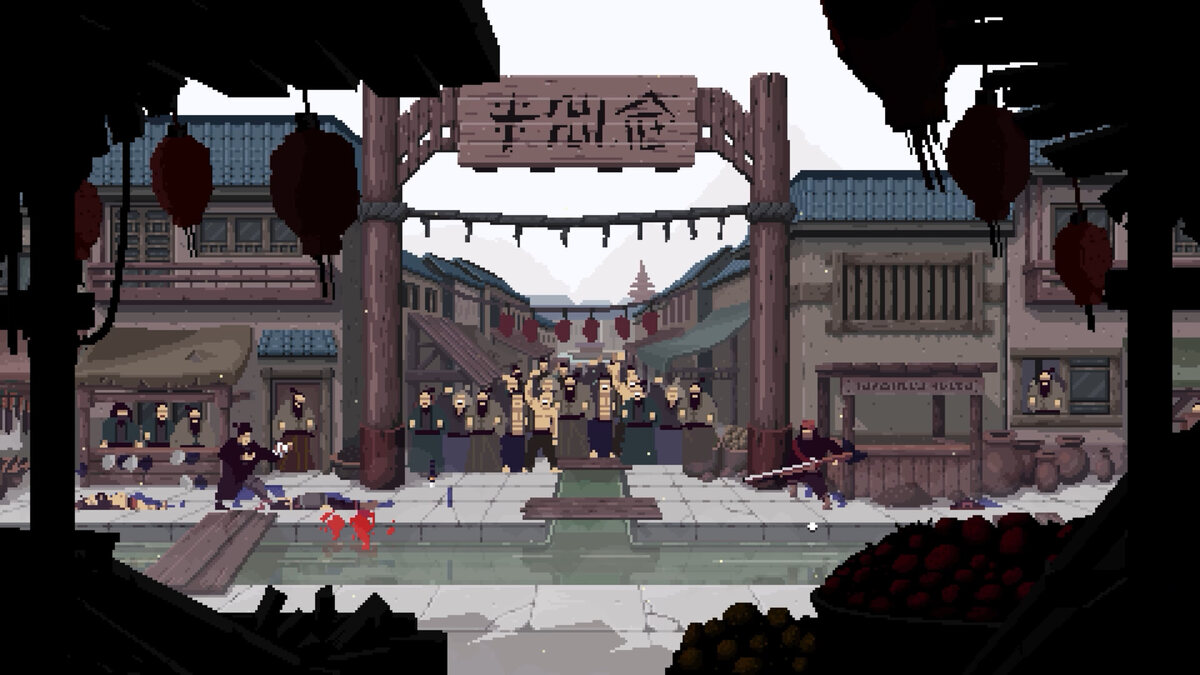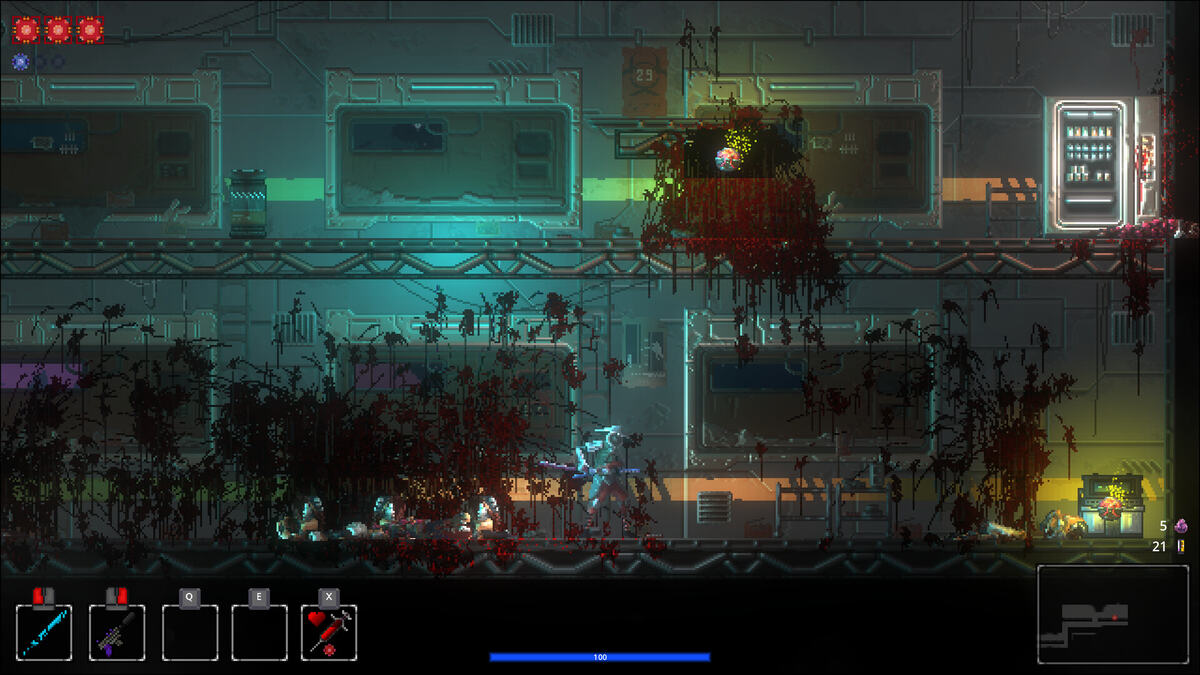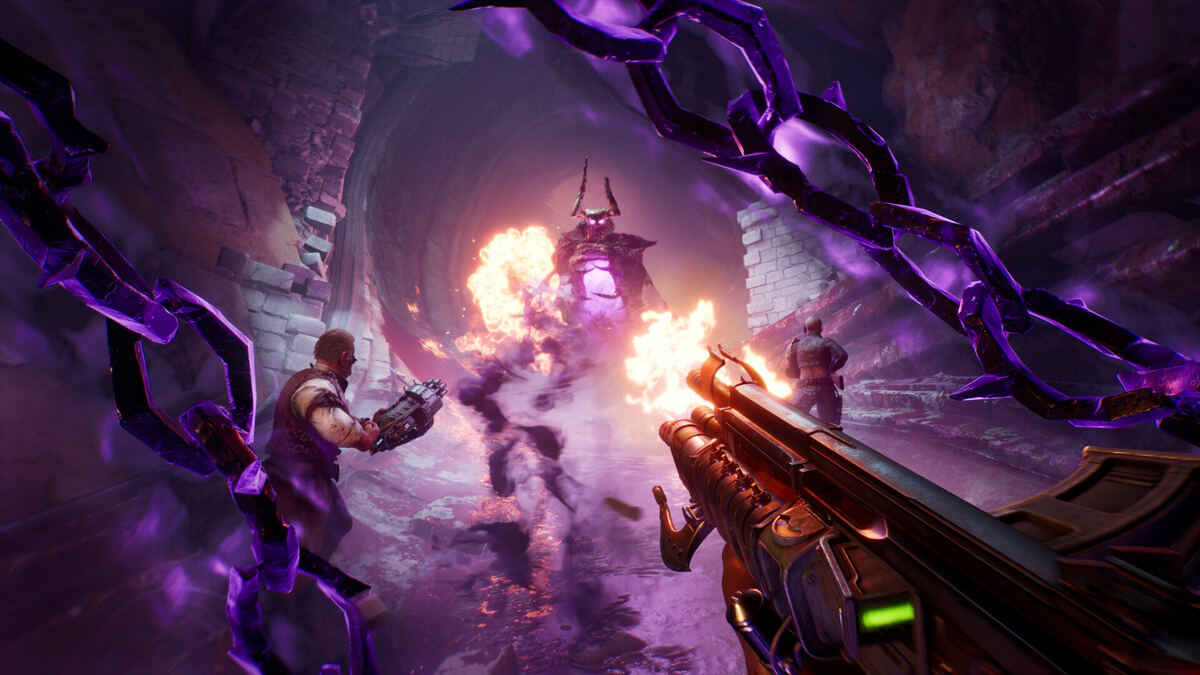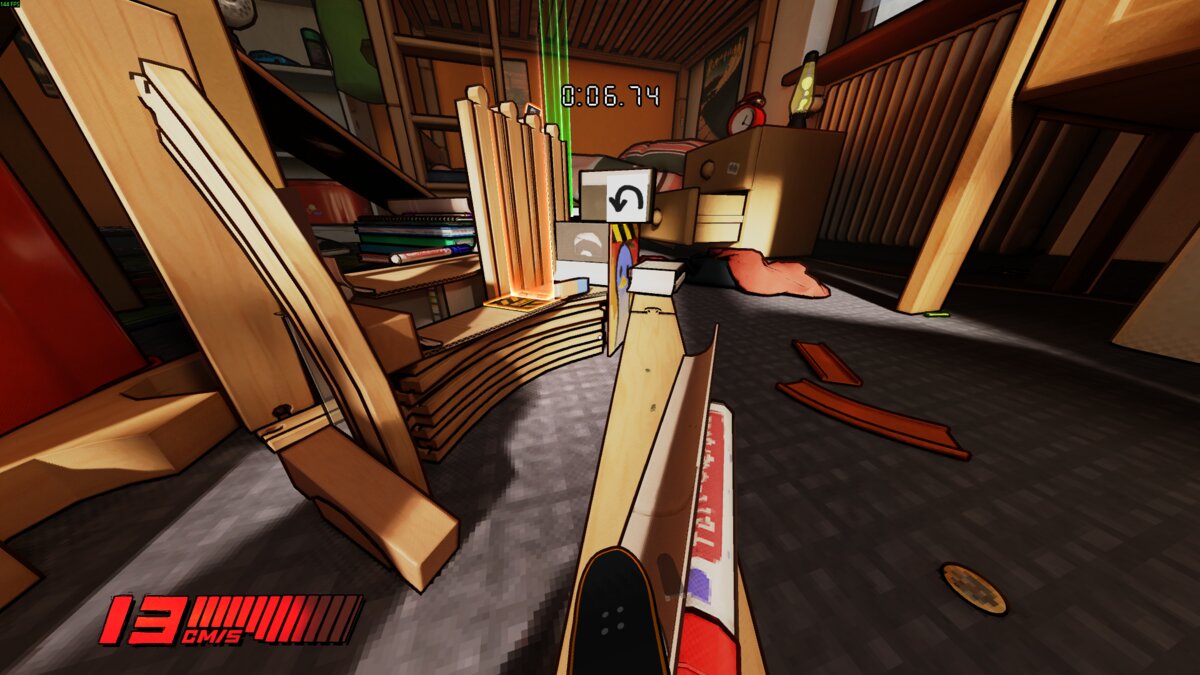You can trust VideoGamer. Our team of gaming experts spend hours testing and reviewing the latest games, to ensure you're reading the most comprehensive guide possible. Rest assured, all imagery and advice is unique and original. Check out how we test and review games here
Although it seems that these days a ‘standard’ shooter is one with some vaguely unique spin, the first thing that Army of Two’s developers will tell you is that it’s anything but standard. In fact they go one stage further than that. Army of two is not primarily a shooter.
First and foremost, according to EA’s Montreal studio, Army of Two is a game built on mechanics solely dedicated to two-player cooperative play. Secondarily, it is a shooter; the genre deemed the most workable to apply to the cooperative template.
The game’s settings take players to various topical locations made famous by the most horrific headlines and news stories. However, what is really terrifying is the grounding the playable characters have in the real world. You assume the role of a Private Military Contractor; a freelance soldier with a brutal set of skills employed by armies and corporations as a legitimate killing machine that passes under the radar of military protocol. Sadly, there are men who tread the earth of the real world everyday who genuinely earn their money in such a way, and rather shamefully their day job makes perfect material for a videogame.
The criticisms Army of Two will face are clear. We’ve all seen co-op shooters before. Many readers will remember the glorious SNES game Chaos Engine, and for sometime now most third and first-person action games have included a prerequisite cooperative mode. Surely then, Army of Two is based on a gimmick we’ve all seen before? If that is the case, then judging by the various game mechanics on offer, it is an intricate, well considered gimmick with a depth and focus largely unheard of in the arena of mutual blasting.
Look at the screenshots and you’ll see a fairly familiar, if graphically muscular, third-person-shooter scenario, but what is possible in this environment has the potential to be very exciting. Take the way you can work as a team in various ways. If one of you manages to pick-up a large sheet of metal or a car door, you can use it as a shield just big enough to move forward into the stream of enemy fire, creating a window of relative safety your team mate can use to their advantage.
There’s also the co-op snipe feature, which brings your team mate’s viewpoint up in the corner of your screen, allowing you to coordinate attacks were a simultaneous double hit is required. Then there is the QTE based medical system that sees you responsible for repairing each other’s wounds. Approaching a downed comrade brings up a series of button prompts on the HUD, which lead you to inserting a tampon into the wounds of your ally. While this is unusual behaviour that is surely a gaming first, apparently such sanitary products are fast becoming a mainstay of the real world trained killer’s equipment bag, as they make a convenient and perfectly sized object to plug a bullet hole.
Should you come under fire while indulging in such renegade medical practices, you can even drag your team mate by the scruff of the neck, firing in one direction while your injured friend shoots enemies behind you.
And while we’ve seen the ability to give a companion a leg up in co-op games before, Army of Two extends the idea to fit its concept of shared combat. If your heavily armed foes lay beyond a piece of scenery such as a freight container, one player can bunk the other up, controlling his height and position continuously while the other fires shots over the obstruction.
So far we’ve seen plenty of examples of EA Montreal’s attention to detail with regard to concentrating the player’s energies on working with a friend, and there are many more features from shared parachute use to the opportunity to exchange wise cracks and banter, yet there is a key gameplay mechanic still to cover.
Towards the top of the screen a needle-based gauge named the Aggrometer swings gradually from left to right, to indicate which player is the main focus of the enemy AI. As well as being a brilliantly simple way of helping a pair of gamers realise who should work as a decoy and who should flank a distracted enemy, as the needle reaches the extremes of each end of its arc it charges the player with aggression.
As the Aggrometer fills in your favour, it charges you with rage and eventually allows you to slip into two modes. The first is ‘Overkill’, which bolsters the receiving player with powers that half the impact of any damage he takes and doubles the strength of any harm he dishes out. It also ghosts out the second player, but prevents the first player from taking damage, leaving him exposed to the full brunt of your foe’s attention.
The second mode is ‘Back to Back’ mode, which locks the two players together with spines pressed together and movement limited to a rotation around each other. Again damage to enemies is doubled and, while the manoeuvre leaves you both exposed, time is slowed in your favour.
As you might have guessed from the overwhelming number of options and abilities available, playing Army of two can feel a little complex and bewildering. While the controls may eventually become second nature, at first they are rarely instinctive. There’s also a chaotic feel to the gameplay that makes coordination difficult and tempts combatants to rely on bravado over considered teamwork.
Otherwise the production is of a very polished level, but there still remains the problem that exclusively cooperative games rarely perform well as single-player experiences. Army of Two simply replaces your human controlled partner with an AI counterpart, though it is not yet apparent how successful this will be.
While online co-op is confirmed, multiplayer modes of a more traditional ilk have only been hinted at, and remain as purely speculative features for now. Army of Two is a game that could go either way in its current state, and while there is certainly plenty of potential and some impressive new concepts on display, there is still plenty more to experience before anything like a final judgement can be passed.
/https://oimg.videogamer.com/images/e5f7/army_of_two_40.jpg)
/https://oimg.videogamer.com/images/bb4a/army_of_two_41.jpg)






